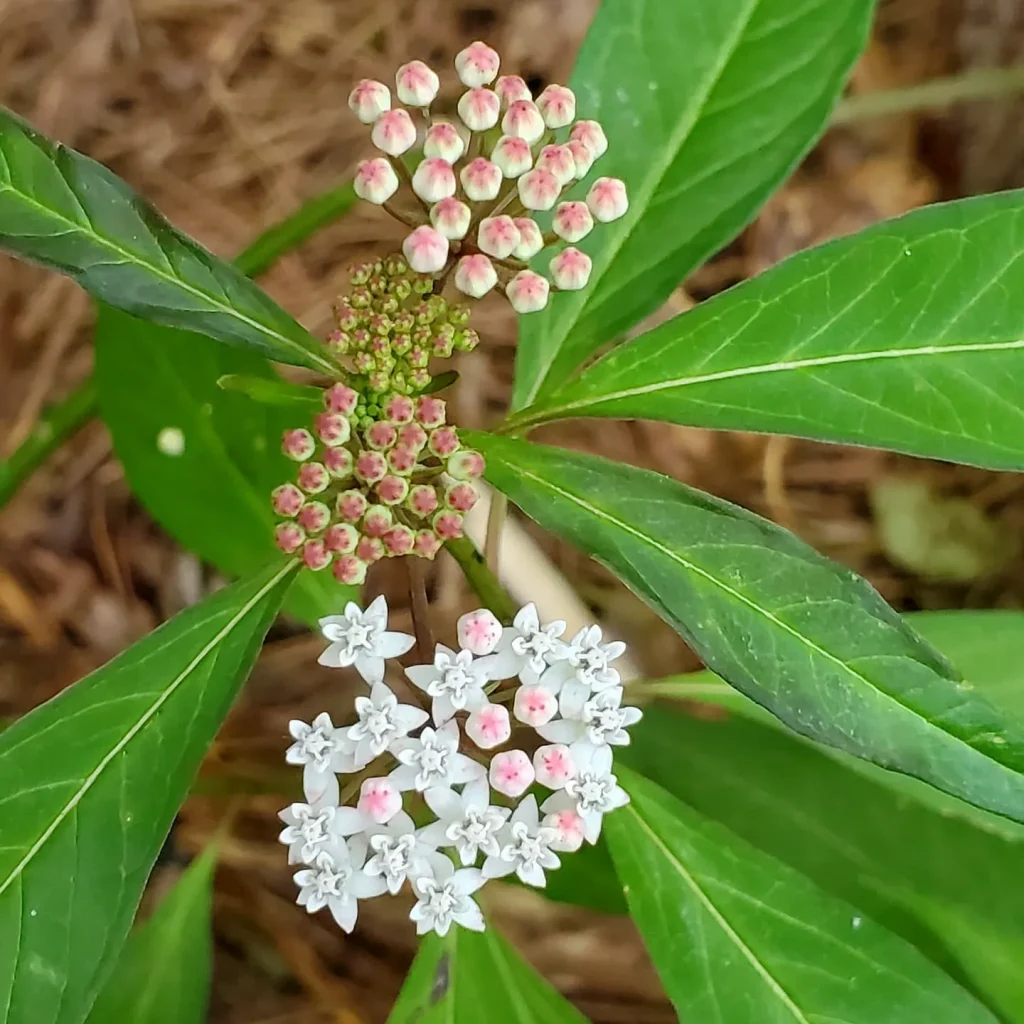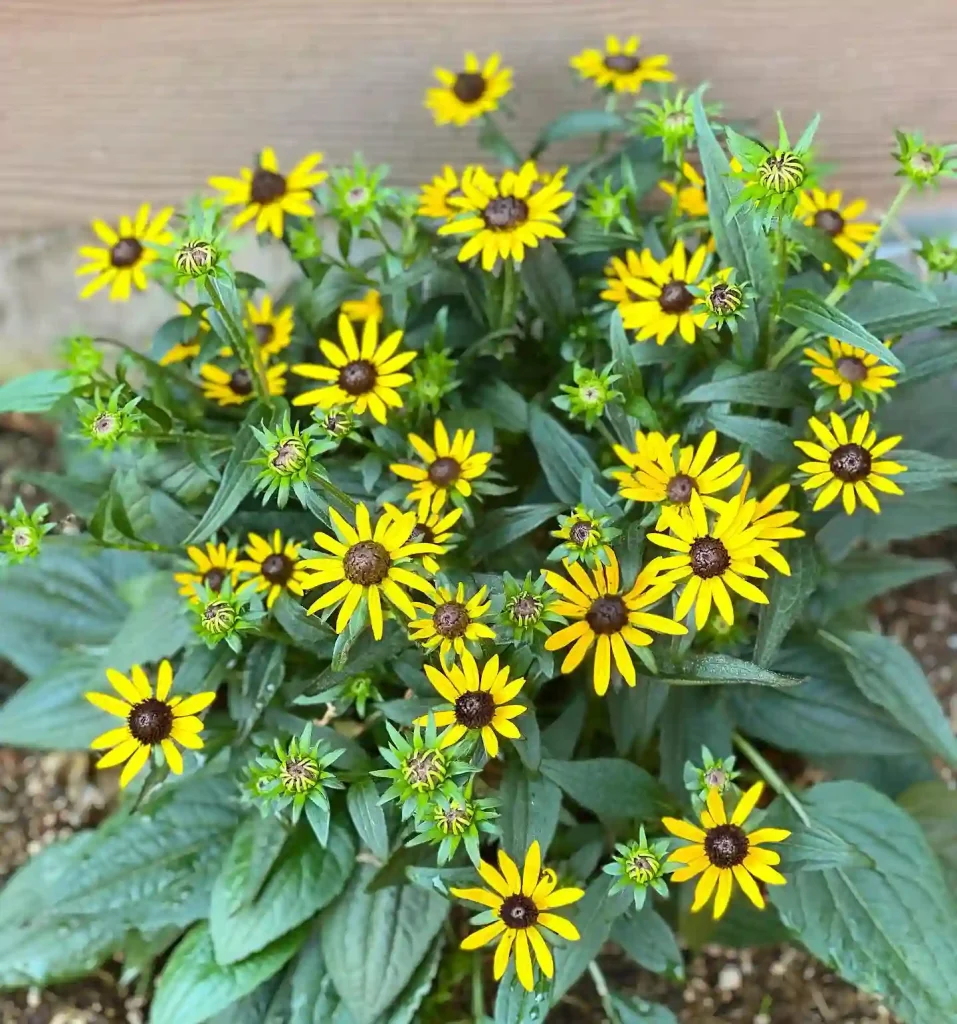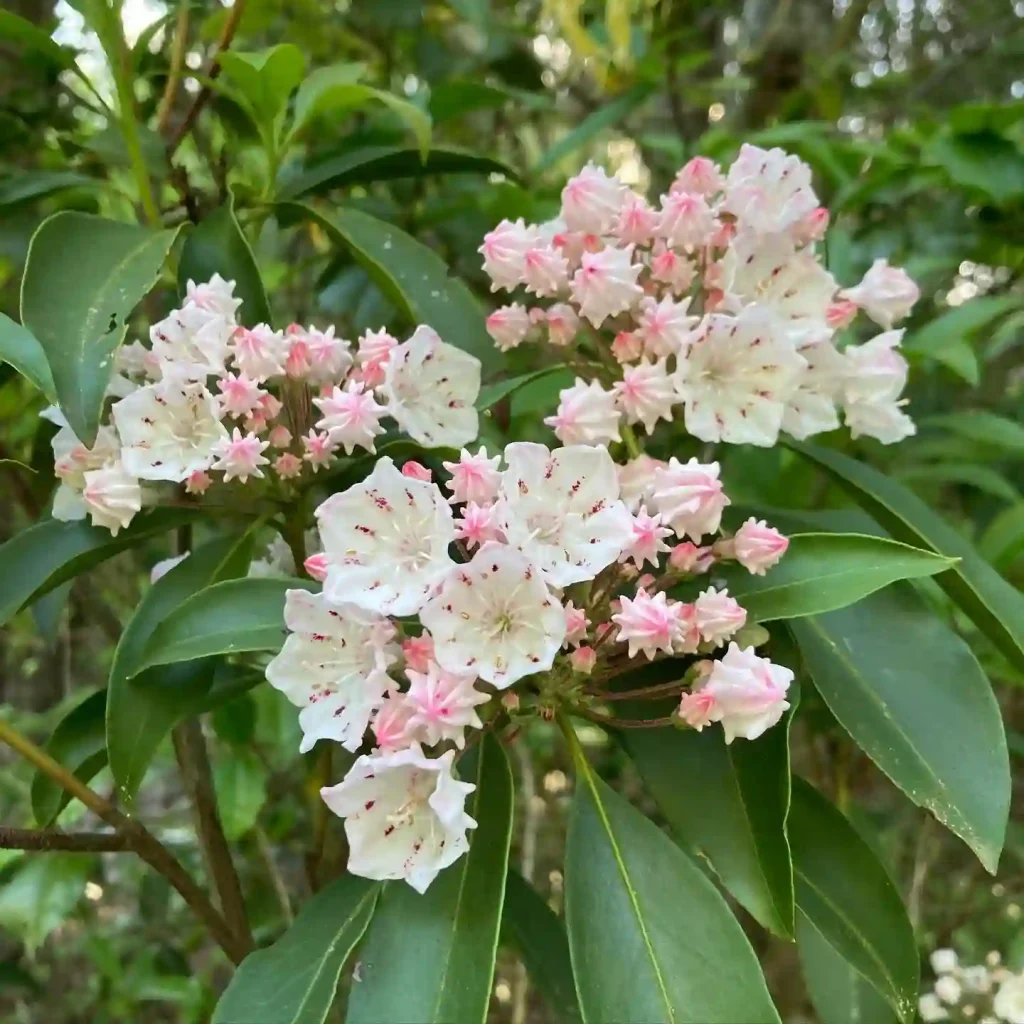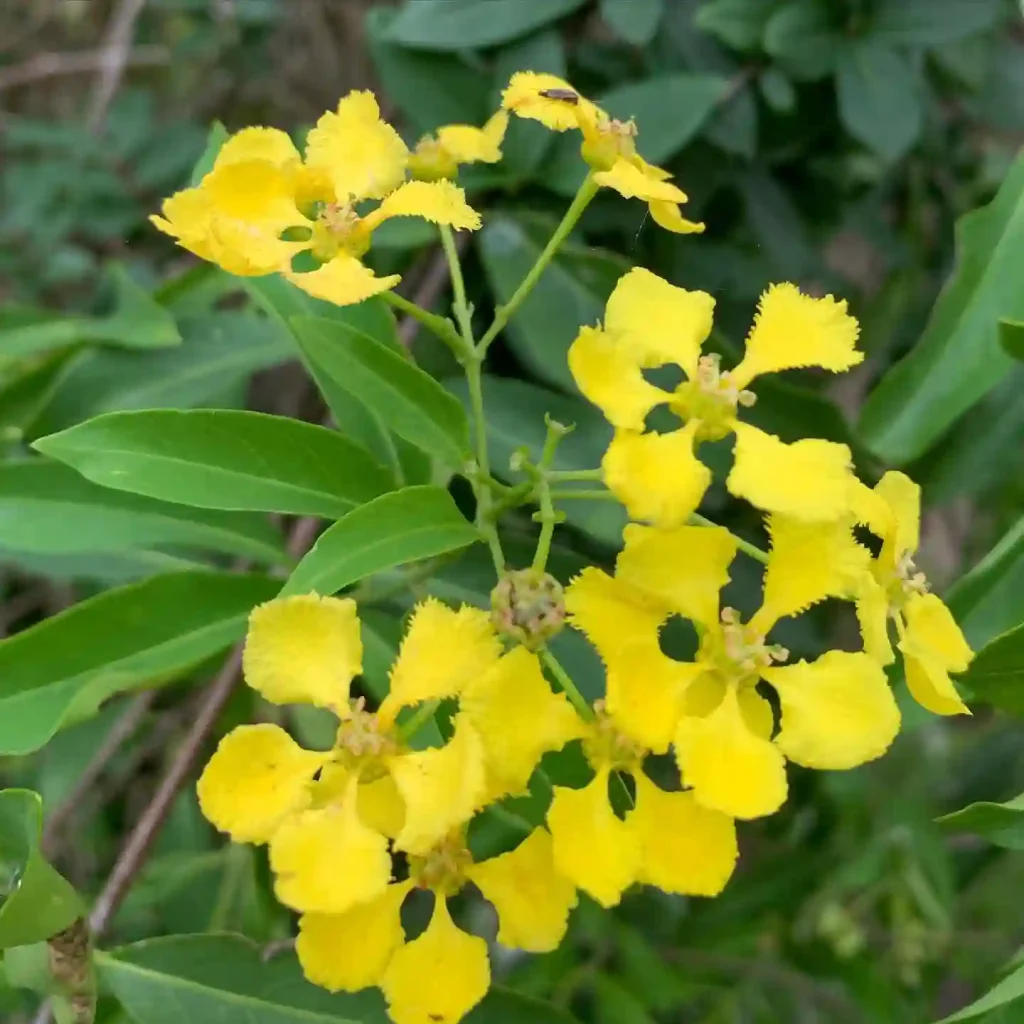Phalaenopsis Aphrodite: Unveiling the Beauty of Aphrodite’s Phalaenopsis
For orchid enthusiasts, the Phalaenopsis Aphrodite is a captivating treasure. Nicknamed “Aphrodite’s Phalaenopsis” after the Greek goddess of love and beauty, this orchid boasts stunning blooms and a relatively easy-going nature. But where do you begin if you’re interested in bringing one into your home? Fear not, fellow plant lover! This FAQ will be your guide to everything you need to know about Phalaenopsis Aphrodite.
89 Species in Genus Phalaenopsis
What is Phalaenopsis Aphrodite?
Phalaenopsis Aphrodite is a species orchid native to the Philippines and southeastern Taiwan. Often called a “butterfly orchid” due to the resemblance of its flowers to delicate butterflies, this epiphytic orchid grows on trees in the wild. Its cascading flower spikes can hold up to 100 blooms, each measuring around 3 inches in diameter. The flowers themselves are typically white with a touch of pink or purple, and a distinctive red lip disc adds a touch of vibrancy.
How to Care for Phalaenopsis Aphrodite?
Caring for your Phalaenopsis Aphrodite is surprisingly straightforward. Here are the key things to remember:
- Light: Phalaenopsis Aphrodite thrives in bright, indirect light. South-facing windows can be too harsh, so consider east or west-facing ones instead.
- Watering: Unlike some orchids, Phalaenopsis Aphrodite enjoys consistent moisture. The key is to avoid soggy roots, which can lead to rot. The “soak and dry” method works well: thoroughly soak the orchid pot in lukewarm water for 10-15 minutes, then allow it to drain completely before placing it back in its pot. Aim to do this once a week, adjusting based on your climate and the pot’s material (terracotta dries faster than plastic).
- Humidity: Mimicking the orchid’s natural environment, moderate to high humidity (around 60-70%) is ideal. Grouping your Phalaenopsis Aphrodite with other humidity-loving plants or using a pebble tray filled with water can help.
- Temperature: Warm temperatures are comfortable for Phalaenopsis Aphrodite, with a range of 65-80°F (18-27°C) being optimal. Avoid sudden temperature fluctuations.
- Fertilizer: During the active growing season (spring and summer), a weak orchid fertilizer applied monthly can provide a gentle boost. Opt for a balanced fertilizer formulated specifically for orchids.
How to Propagate Phalaenopsis Aphrodite?
Propagating your Phalaenopsis Aphrodite allows you to share its beauty or expand your own collection. The most common method is through division, which can be done when the orchid is repotted:
- Identify a healthy Phalaenopsis Aphrodite with multiple growths (new shoots).
- Using sterilized tools, carefully cut through the rhizome (the fleshy horizontal stem) between growths, ensuring each division has at least two to three healthy roots.
- Pot each division in an orchid potting mix suited for their size and provide proper care as outlined above.
What to Plant With Phalaenopsis Aphrodite?
Due to its epiphytic nature, Phalaenopsis Aphrodite isn’t typically planted with other plants in soil. However, creating a terrarium environment with other moisture-loving epiphytes like ferns or bromeliads can be visually stunning. Just ensure each plant has its own rooting medium and receives appropriate light.
Common Problems with Phalaenopsis Aphrodite
- Yellowing leaves: This can indicate underwatering, overwatering, or insufficient light.
- Drooping flowers: Underwatering or excessive heat can cause this.
- Brown spots on leaves: Fungal diseases can be a culprit. Ensure proper air circulation and avoid wetting the leaves.
- No blooms: Lack of light or improper fertilization might be the reason.
By following these tips and addressing any problems that arise, you can keep your Phalaenopsis Aphrodite thriving and showering you with its graceful blooms for years to come. Remember, a little TLC goes a long way with this orchid gem.
If i die, water my plants!



